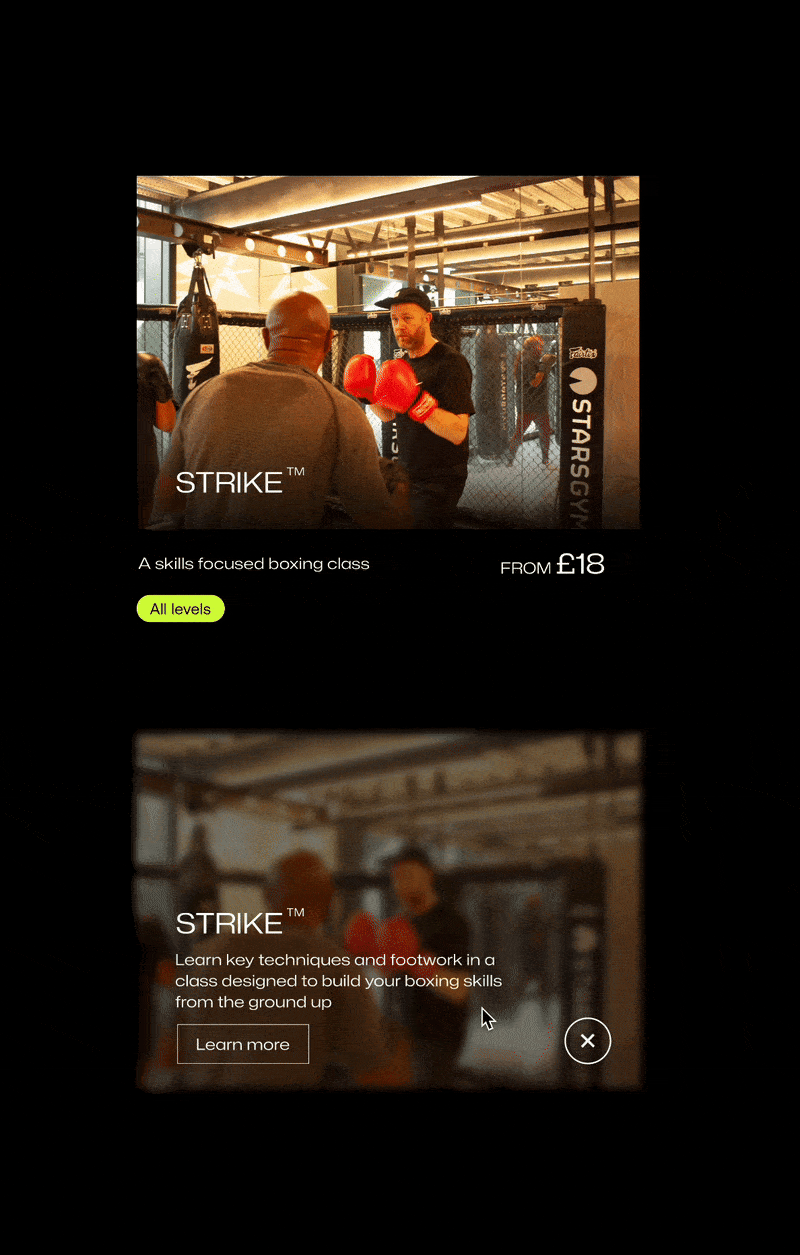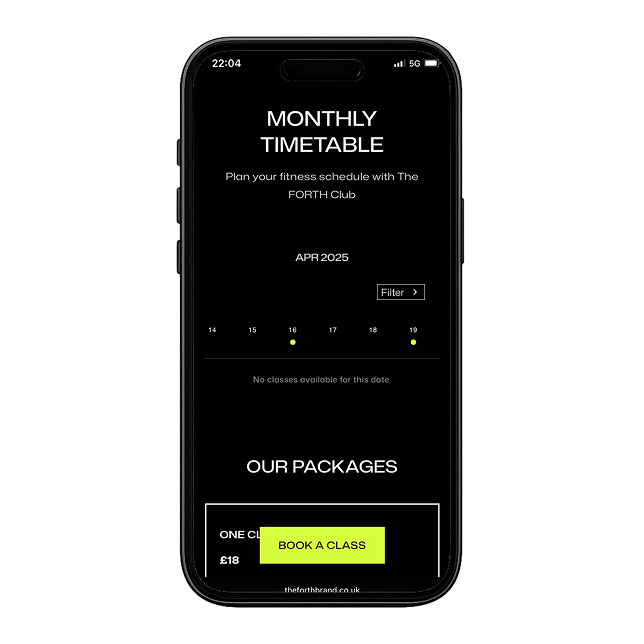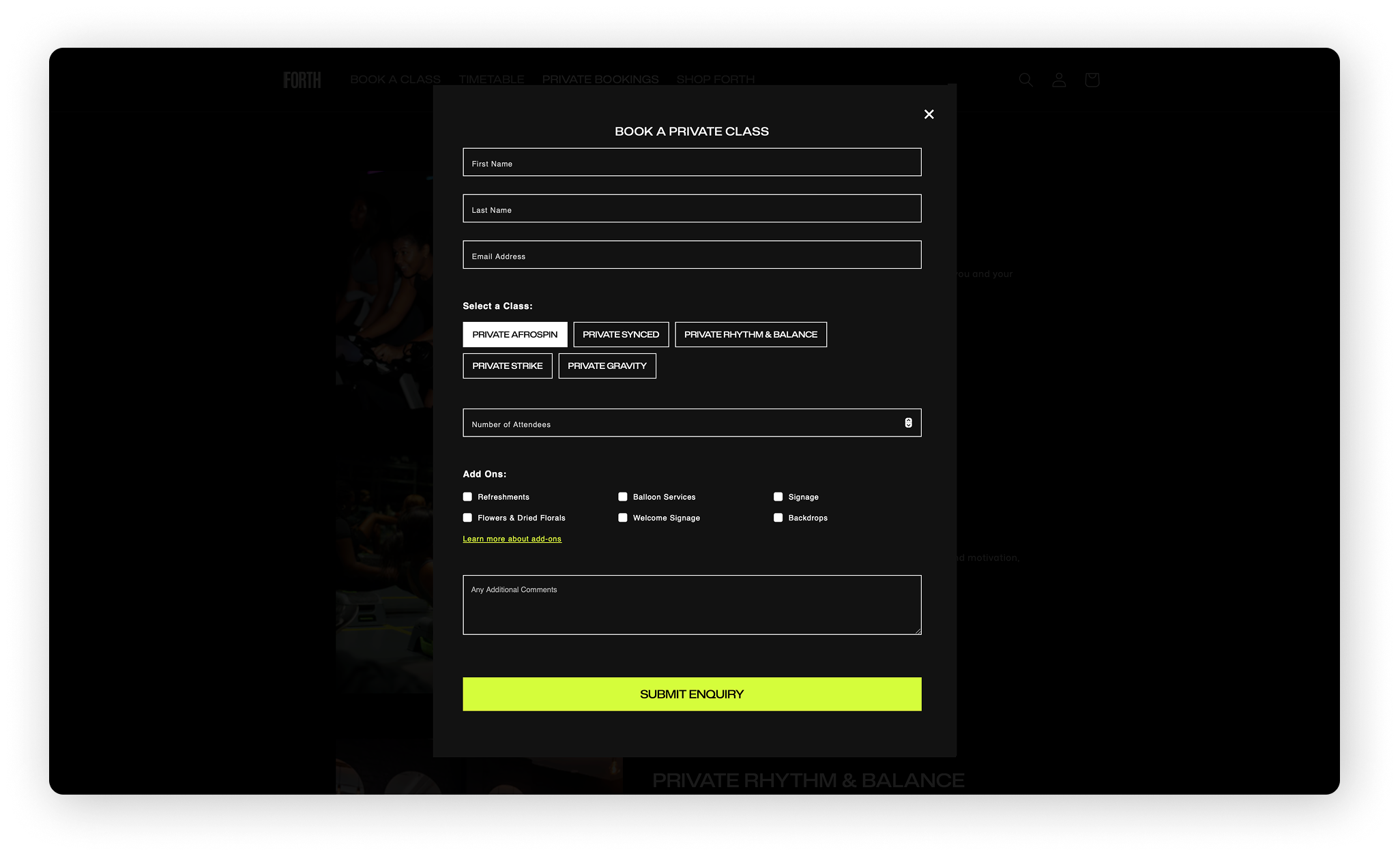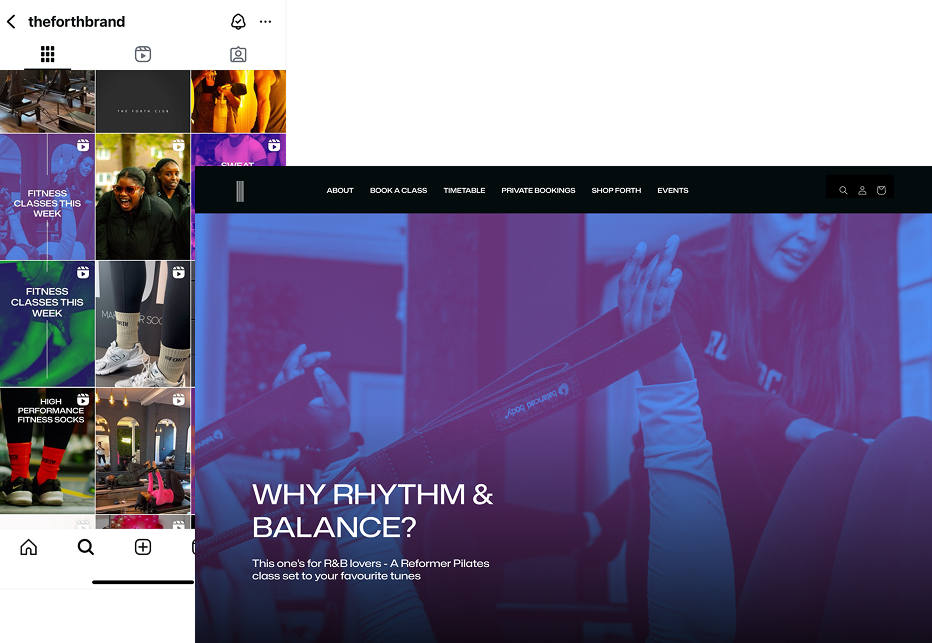Listening to what the community actually showed up for
FORTH launched with a focus on performance socks but soon realised that it was the fitness classes that they were using to market their socks that consistently engaged their audience. The company made the pivot towards fitness classes as their primary offering with it now generating roughly 90% of their revenue.












